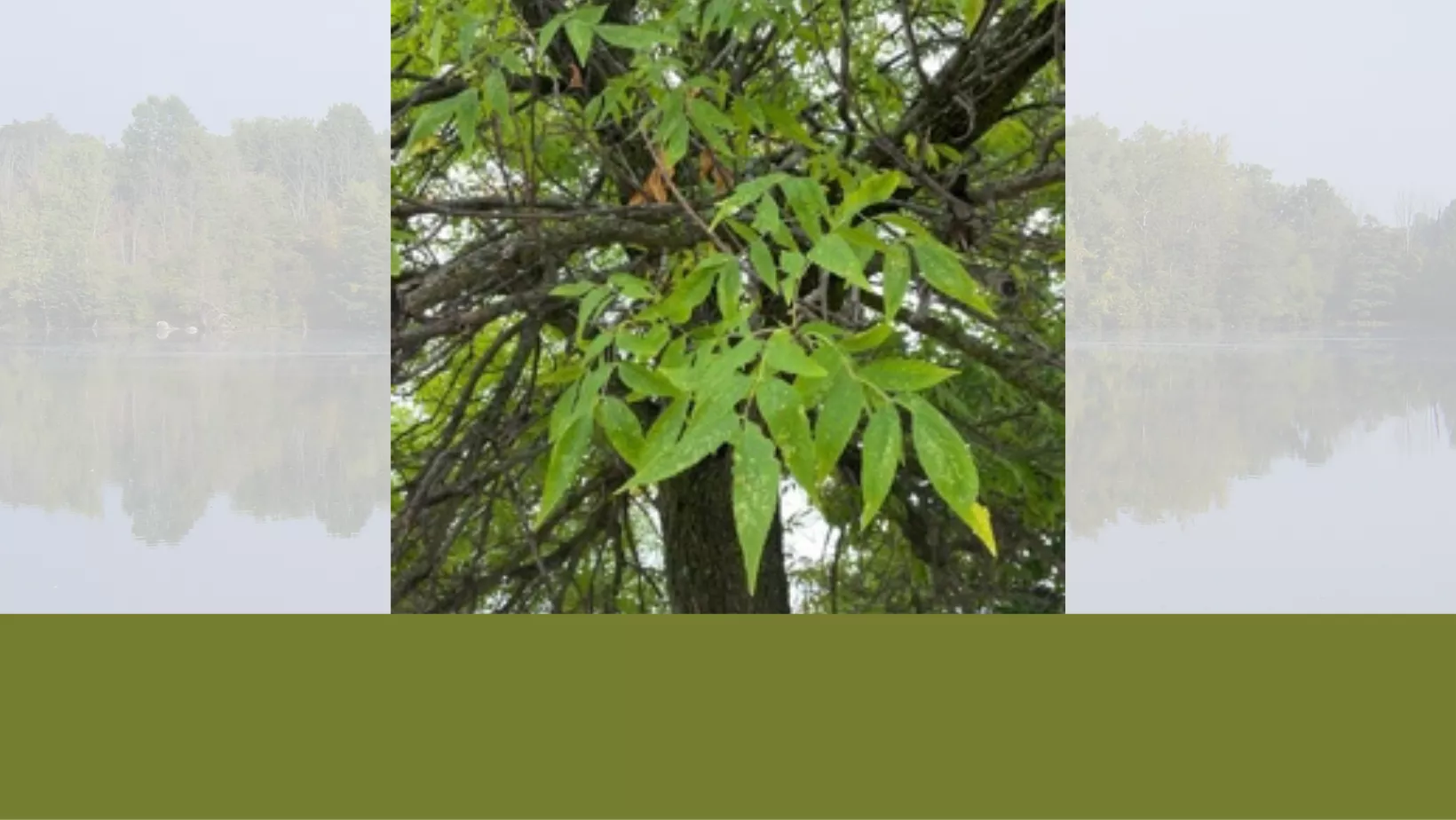These days, ash trees are best known for their unfortunate association with emerald ash borer. This pest makes the identification of ash trees important to preserve this unique species for decades to come. Ashes, genus Fraxinus, are the only native tree species of the olive family, which is part of the Lamiales order. Sixteen different species occur in North America, with only four natives to the Great Lakes region.

Ash trees can be easily identified by their opposite, pinnately compound leaves. Ash trees are wind pollinated and they are dioecious, meaning their male and female flowers are not found on the same tree, except for blue ash. Their fruits, samaras, are born singly, rather than in pairs like a maple. They are a nutrient-requiring species, and their presence can indicate high fertility in the forest. They occur across a range of soil types ranging from dry-mesic to wet-mesic.
As mentioned, the ash population is at risk due to the emerald ash borer, Agrilus planipennis. This pest has been known to kill young and old ash trees, attacking all species of ash.

Ash wood has a similar density and grain to oak. Ash wood is commonly used for flooring, cabinets, furniture, moldings, and of course baseball bats due to its shock resistance. Needless to say, ash is a very important species commercially, not to mention intrinsically.







